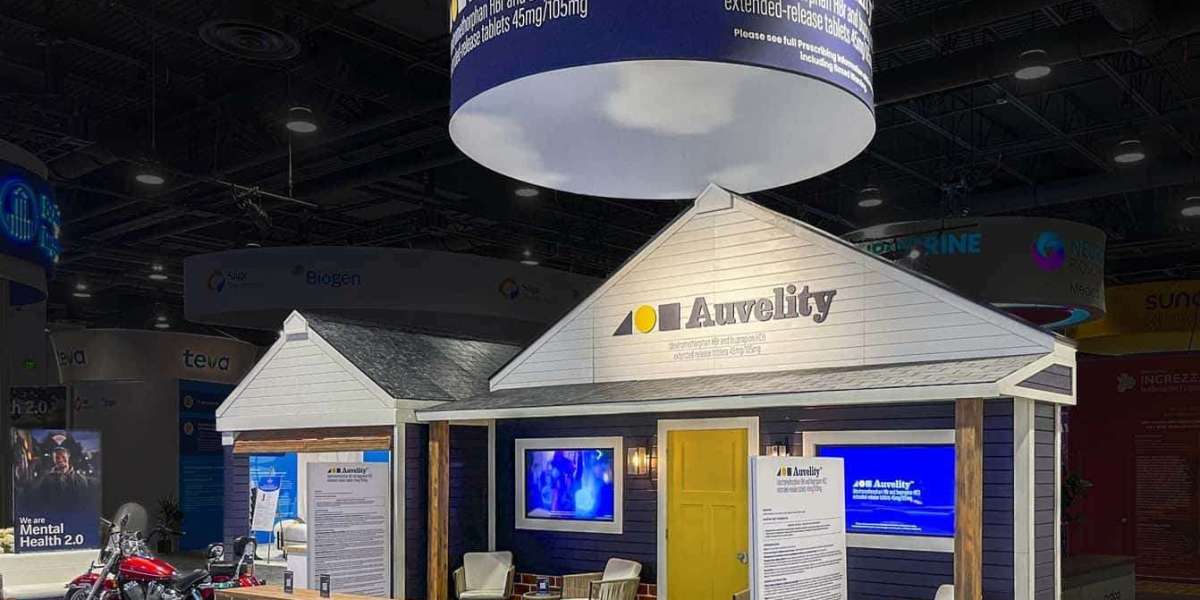When outfitting your restaurant kitchen with essential appliances, one of the most fundamental decisions you'll face is selecting between gas and electric-powered equipment. Each option comes with its own set of advantages and considerations, influencing everything from cooking performance to operational costs. Here’s a comprehensive guide to help you determine which power source best suits your needs:
1. Performance and Cooking Precision
Gas Equipment: Gas-powered appliances, such as ranges and charbroilers from Kitchen Pro, are favored for their immediate heat control and precision. Chefs appreciate the responsiveness of gas flames, which can quickly adjust to temperature changes, making them ideal for precise cooking techniques.
Electric Equipment: Electric appliances offer consistent and even heat distribution, which is advantageous for baking and delicate cooking processes. Modern electric ranges and ovens from Kitchen Pro are equipped with advanced features like programmable settings and digital controls, enhancing cooking accuracy.
2. Operational Costs and Efficiency
Gas Equipment: While gas appliances may have higher initial costs for installation and connection, they typically have lower operating costs compared to electric models. Gas is often more energy-efficient for high-volume cooking, potentially reducing monthly utility bills over time.
Electric Equipment: Electric appliances generally have lower upfront costs and require minimal installation compared to gas. However, operational costs can be higher due to electricity rates and the energy consumption of electric heating elements, particularly in intensive cooking environments.
3. Environmental Impact and Sustainability
Gas Equipment: Natural gas is a fossil fuel with environmental considerations related to extraction and emissions. However, modern gas appliances are designed to minimize emissions and improve energy efficiency, aligning with sustainable kitchen practices.
Electric Equipment: Electricity is considered a cleaner energy source, especially in regions with renewable energy initiatives. Electric appliances produce no direct emissions during operation, contributing to a reduced carbon footprint for environmentally conscious restaurants.
4. Flexibility and Kitchen Layout
Gas Equipment: Gas lines are required for installation, which may limit flexibility in kitchen layout and equipment placement. However, the ability to operate during power outages and the immediate heat response make gas appliances reliable choices for busy kitchens.
Electric Equipment: Electric appliances are versatile in placement due to their independence from gas lines. They are suitable for kitchens where gas connections are impractical or restricted. Modern electric appliances offer diverse configurations to optimize kitchen workflow and space utilization.
Call to Action:
Choosing between gas and electric restaurant equipment is a pivotal decision that affects cooking performance, operational costs, and sustainability efforts. At pro restaurant equipment, we offer a wide range of high-quality appliances designed to meet the diverse needs of restaurant owners.
Whether you prioritize precision cooking with gas or seek energy efficiency with electric, our knowledgeable team can guide you through selecting the ideal equipment for your kitchen. Explore our collection of kitchen pro appliances today and discover solutions that elevate culinary excellence while optimizing your restaurant’s operational efficiency.
This blog post aims to provide insights into the considerations between gas and electric power sources for restaurant equipment, highlighting factors such as performance, operational costs, environmental impact, and kitchen layout flexibility.







